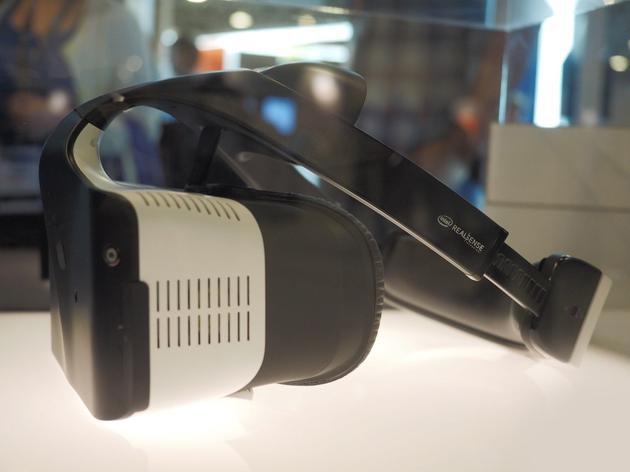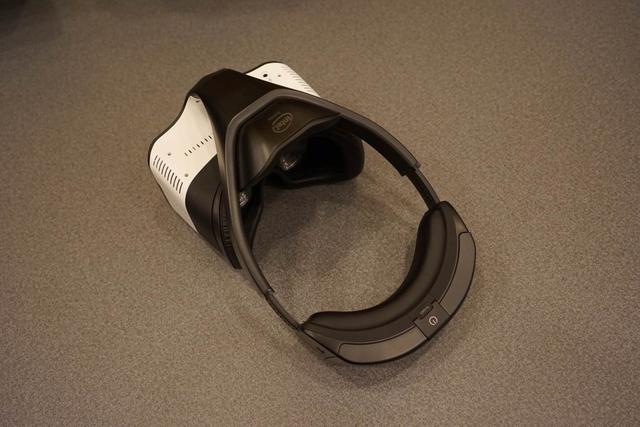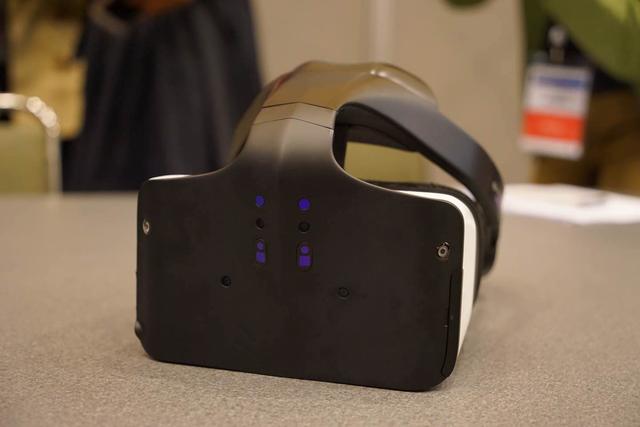At the end of last month, Thunder Technology had revealed that Intel will launch an MR head display. The message has been confirmed, but it is not a MR head display, and it is more like a VR head display.
At the 2016 Intel Developer Conference (IDF 16) in San Francisco on August 16, local time, Intel officially launched a VR head-display device, Alloy.

This is a VR all-in-one. It does not require an additional computer host to work. It has built-in computing capabilities, which means that it is a Hololens-like mobile device. Alloy is equipped with a sixth generation of Intel Core processors (more advanced processors will be supported in the future), Intel Iris pro graphics, Windows 10 operating system and Windows Holographic technology.
Regarding this head-up specific information, Intel did not disclose more information, but learned from its remarks that this head-display resolution is only 1080P, and the VR head resolution with a better experience is currently 2K. 1080P will be more susceptible to graininess.

You may wonder whether this VR machine supports gesture recognition and spatial positioning. As a portable device, if you rely on an external device like HTC Vive to locate it, it will be very cumbersome to use, and Alloy's solution is quite different. Maybe This is also its biggest highlight.
Alloy is equipped with a RealSense (RealSense Technology) camera. This camera function is similar to that of Leap Motion's somatosensory controller, allowing heads-on gestures to be recognized. However, it is even more powerful in that it has the ability to detect the depth of the environment and track the user's surroundings. The spatial information, in order to achieve spatial positioning, but also because of this technology, the head display can also detect obstacles and prevent users from experiencing collisions during the experience.
It is worth noting that this headshot may actually be an MR head-note. Intel said that Alloy will support mixed reality. This may be the reason why the head display has built-in Windows Holographic (Microsoft Holographic Technology).
However, this head is based on the imaging principle of the screen plus convex lens. This is the imaging principle adopted by most VR heads. It is different from Hololens' principle of lens refraction. How to make it better to use virtual images and the real world? Combination is a question worth discussing. If the real picture is captured by the camera and then restored to the display, this type of "pseudo AR" commonly used today will greatly reduce the overall experience.
Intel also announced that it will collaborate with Microsoft in the development of MR technology. The relevant person in charge of Microsoft also said that the future Windows system will continue to upgrade to support the development of Alloy equipment.

Alloy is planned to be launched next year, but it may be launched in the form of "developer version" at first. After all, content and ecology will take a long time to complete. Consumers need to wait for a period of time if they want to better experience Alloy's estimates.
What kind of experience this head-end device can bring, is not dare to casually decide, but from the perspective of its configuration and setting is indeed a very future device, first of all VR integrated machine can greatly enhance the portability, use is not Scene control, the only way to get closer to people's lifestyle.
In addition, this device can realize gesture recognition and spatial positioning without using external devices. The concept is similar to that of Hololens. This way of use is more convenient. In the future, whether it is VR or MR equipment, it should be considered this way. exist.
This article from the Tencent News client from the media, does not represent the views and positions of Tencent News
